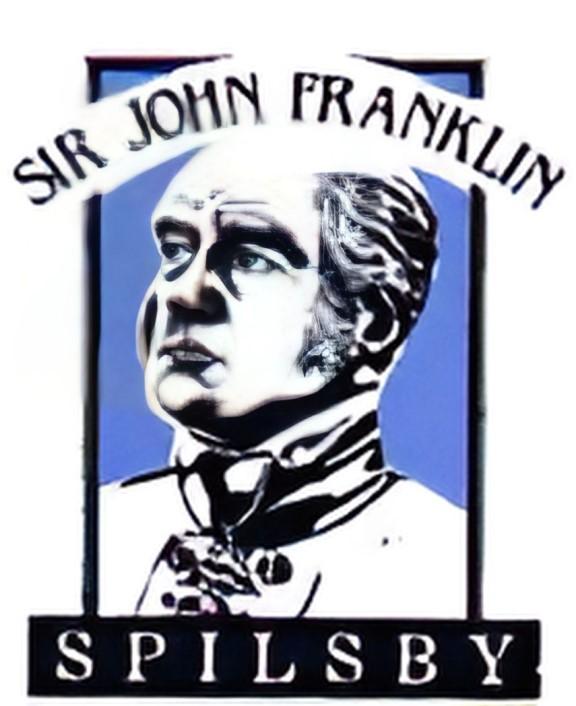Office Policy

JULY 2022
Spilsby Town Council Staff will deliver our services in a friendly, inclusive and helpful manner. We would ask you to treat our staff with courtesy and respect in a manner in which you would expect to be treated.
We will:
• Treat you with courtesy and professionalism
• Give you clear and accurate information
• Deal with your requests, enquiries and concerns promptly
• Treat all customers equally and without discrimination
• Maintain confidentiality at all times
Members of the public who are unable to abide by this Policy will be asked to leave the office.
